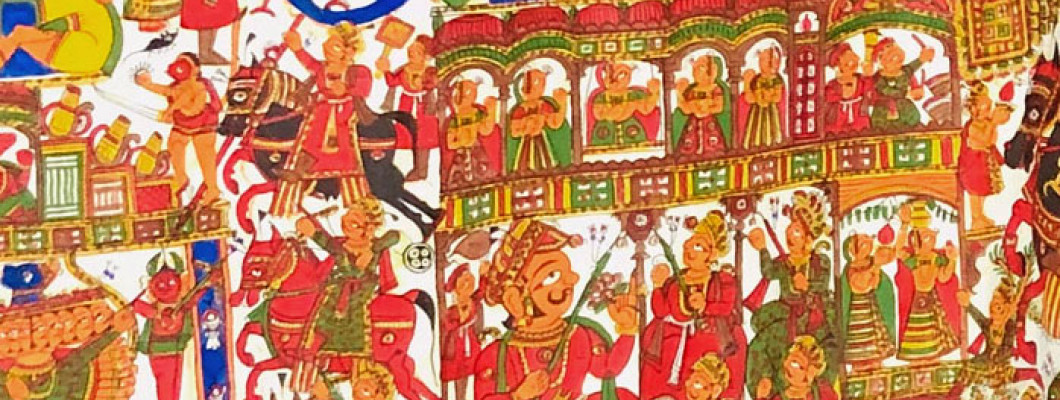
Rajasthan, often hailed as the land of maharajas, conjures images of majestic forts, bustling bazaars, and vibrant festivals that paint the desert landscape with hues of grandeur and tradition. However, beneath this flamboyant surface lies a hidden gem—a treasure trove of captivating crafts that reflect the soul of Rajasthan. Each piece, meticulously crafted by skilled artisans, whispers a story of heritage, cultural pride, and the enduring spirit of creativity. These crafts are not merely artifacts; they are living traditions passed down through generations, embodying the essence of Rajasthani culture and its artistic legacy. In this blog, you will find ten of the most popular arts and crafts of Rajasthan, each offering a glimpse into the rich tapestry of this state's artistic heritage.
1. BLUE POTTERY - Blue pottery, a distinctive craft of Rajasthan, is renowned for its vibrant blue and white designs. Unlike traditional clay pottery, it's made from a unique mix of quartz stone powder, powdered glass, and natural ingredients, resulting in a smooth, glazed finish. Introduced in the 19th century by artisans from Persia and Afghanistan, it flourished in Jaipur under royal patronage. Common motifs include floral patterns, geometric shapes, and animal figures, all hand-painted. Today, blue pottery stands as a symbol of Rajasthan's rich artistic heritage and exquisite craftsmanship.
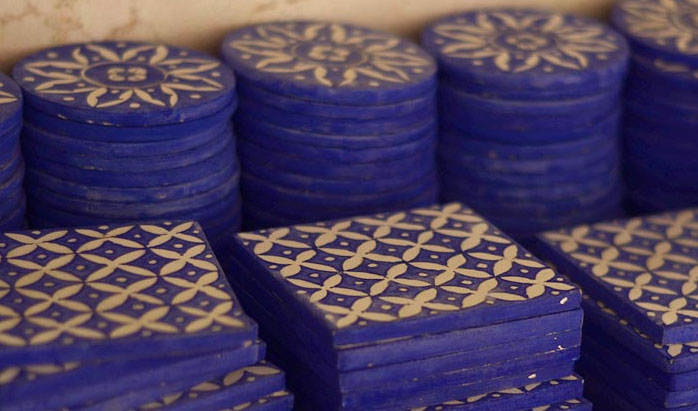
2. MOJARIES - Mojaris, traditional Rajasthani footwear, date back to the Mughal era and were originally worn by royalty. These handcrafted leather shoes feature intricate embroidery, beads, and sequins, often inspired by nature. Their unique pointed toe design makes them both distinctive and practical. Today, mojaris are celebrated for their beauty and craftsmanship, embodying the rich heritage of Rajasthan.
3. KAAVAD - Kaavad is a sublime storytelling device. The many doors reveal visuals of elaborate tales and epics, set out into the audience by storyteller’s narration. It is a primary occupation of the “Kaavadiya- clan, they have absorbed the stories about the ancestors of several clans and these clans are the patrons of Kaavadiya. A Kaavadiya will visit house to house, village to village narrating the stories which he has inherited from his father about the regional legends and ancestors, the stories stemming from religion are also narrated. When old folks, who cannot visit holy shrines and witness the diety in a temple, the temple itself comes to them in the form of Kaavad, they listen to the stories narrated by Kaavadiya and experience the temple ceremony in their own home. These days, Kaavad is also used as an innovative device for educating children, utilizing this craft’s interactive ability.
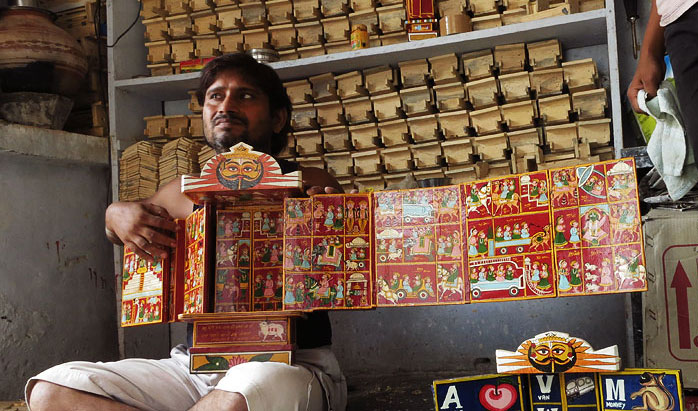
4. MOLELA - Traditionally, this craft was developed to create votive images for the tribal worship. They are installed in the village shrines and prayed too, for curing illnesses and misfortunes. These potters mainly cater to the Bhil tribes and their Bhopas (priests) who come to purchase these plaques from Molela, having travelled hundreds of kilometers from the borders of Madhya Pradesh.
It didn’t take long for this craft to gain recognition among architects and designers; hence, the craft has evolved to suit the times and it is utilized to decorate walls or urban dwellings.
Molela terracotta has also received good exposure and has interacted well with the western market. As a result, the craftsmen have started depicting local scenes of everyday life in villages and their artifacts range from a palm sized image to elaborate plaques.
Apart from making religious plaques to be installed at shrines, human and animal terracotta figures are also made and then offered on the shrines. These figures have gained regional characteristics. Tribes such as ‘Chaudhary’ and ‘Bheel’, order for terracotta replicas of human body parts, which are presented as offerings on the shrines to cure the ailment in that particular body part, like a replica of arm will be offered for a fractured arm, even a whole figure is sometimes presented in the case of fever and other ailments which affect the whole body.
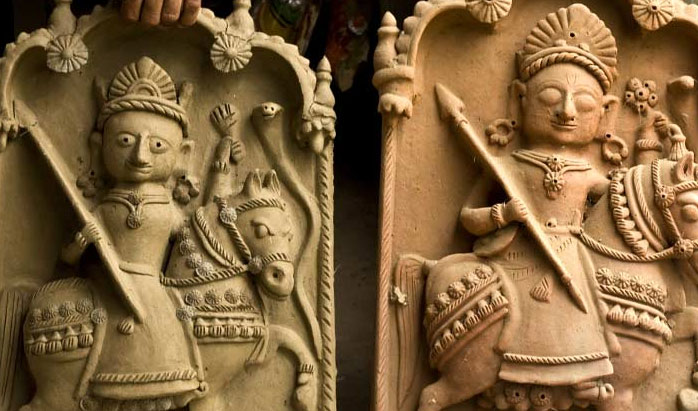
5. MEENAKARI JEWELRY - Meenakari jewelry, a traditional art of Rajasthan, dates back to the Mughal era and involves decorating gold or silver with colored enamels. Artisans meticulously handcraft each piece, showcasing intricate designs inspired by nature such as flowers and birds. Known for its vibrant colors and elaborate detailing, Meenakari jewelry continues to be treasured for its exquisite beauty and cultural heritage.
6. PICHWAI PAINTING - The Pichwai paintings are traditionally used for religious purposes like adorning the walls of temples and as decorations in temple chariots. Another purpose of Pichwai besides its artistic appeal, is to narrate tales of Krishna to the illiterate. They are changed daily and for various rituals and festive occasions in the temple. On all occasions, the Pichwai serves as more than a mere backdrop—interacting and altering meaning at each viewing. Pichwais are also changed to reflect seasons as well as the festivals. The depiction of the Annakut Utsav with the sat svarup (seven forms) is a popular subject for painted Pichwais, the hanging used on Annakut at Nathdwara is the heavily jewelled work that appears behind the svarups in the painted version.
In earlier times, Pichwais were given as gifts by the high ranked ‘Goswami’ priests. Princes and devotees would compete for such an honour. Some painters have now begun making smaller pieces and working with acrylic paints as these materials allow their work to fall within a far more affordable price range and thus encourages their sale to tourists and art collectors.
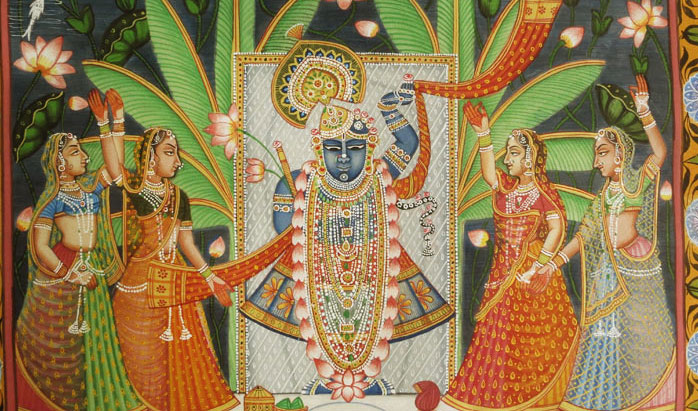
7. THEWA JEWELRY - Thewa art, originating over 400 years ago in Pratapgarh, Rajasthan, involves fusing 23-karat gold onto glass to create intricate jewelry. Artisans engrave detailed patterns depicting Hindu mythology, royal courts, and Rajasthan's flora and fauna. Each piece is meticulously handcrafted, showcasing vibrant colors and the fusion of gold with glass, preserving Rajasthan's rich cultural heritage with timeless elegance.
8. MARBLE CRAFT - Rajasthan is well-known for its abundant marble reserves. Skilled craftsmen in the region transform marble into stunning creations such as vases and decorative pieces. The marble carvings of Jaipur are particularly renowned, with the city also being famous for Meenakari marble work, where Meena is intricately infused into marble through carving techniques. Additionally, Pichkari work on marble has gained popularity as a distinctive form of artistry.
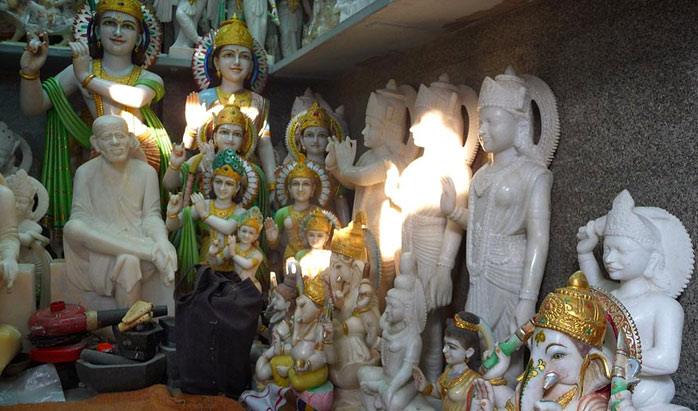
9. WOOD CRAFT - The sleek tables and chairs of Barmer, adorned with miniature paintings, have gained recognition, while the charming pieces from Jodhpur add a nostalgic appeal to homes. Elaborate designs and detailed patterns give the furniture a luxurious and grand appearance. Tilonia Furniture is renowned for its elegant designs crafted from jute. Wooden frames are combined with jute or leather to create exquisite pieces of woodwork furniture. Artisans from the Kishangarh region are known for their exceptional hand-painted furniture, adding to the region's artistic reputation.
10. PHAD PAINTING - Phad paintings, originating over 700 years ago in Rajasthan's Bhilwara district, are known for their vibrant colors and narrative style. These large-scale artworks depict mythological and folk tales, notably those of the epic hero Pabuji. Painted on cloth using natural colors, phad paintings feature intricate detailing and bold use of colors, serving as both decorative pieces and cultural artifacts used in traditional performances.
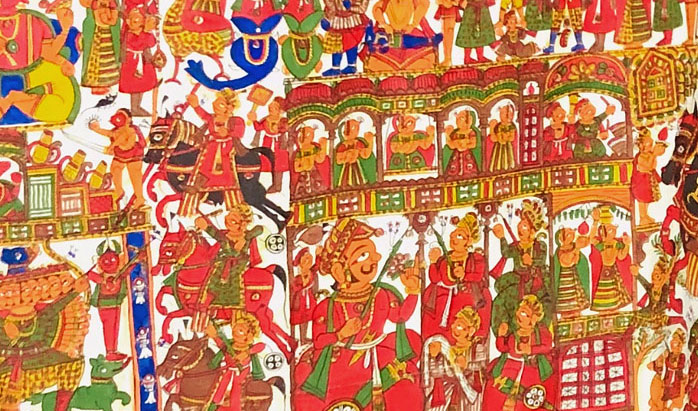

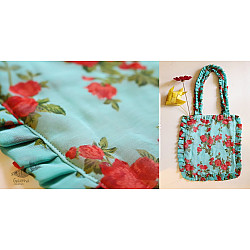
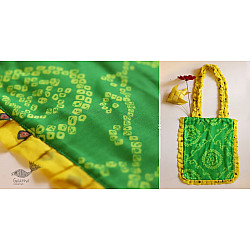
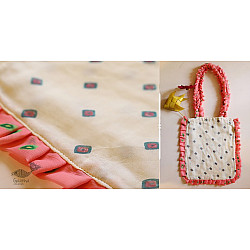
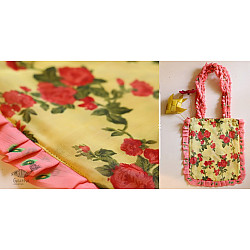
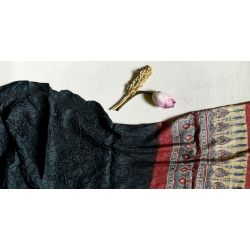
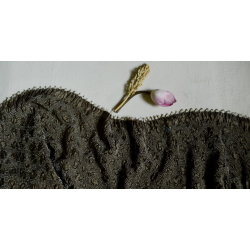
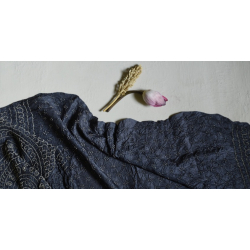
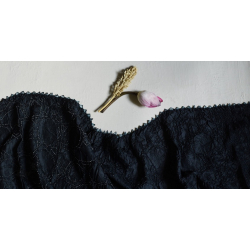
Leave a Comment